“As if those small birds have sung to me: ‘Go ahead, traveler! Travel your fatherland! Sure it is small, but it’s also more magnificent than any large empire. The soil you are stepping on – it is not the earth, it is the soil soaked in the blood of your fathers and ancestors since only the blood can spring out such lush abundance’”, it was written by Serbian author Janko Veselinovic in 1891 in his Ashick’s Grave novel.

So, we have armed ourselves with Veselinovic’s novels (since we will also stop by his town), and the book of Andrew Archibald Paton Serbia, Residence In Belgrade 1843-1844 (British diplomat who was the first to taste and present Serbian milk-cream kaymak and national drink shljivovica to his countrymen), and the journey was to begin! Paton was going west, towards the river Drina, riding a horse. And almost two centuries later, we packed our things into a car and we were off, from Belgrade towards the town of Obrenovac. First stop – Shabac, where Veselinovic finished high school and lived for a short while.
Serbia from within
We have passed by the small town of Obrenovac. The road was not that good, which is unfortunately somewhat typical for Serbia when you go off those large highways. Patched here and there, more than once, with road blockages and construction zones. It makes it hard to look around and enjoy the view of those green, lush forests and villages you come across along the way.

Never the less, the real lure of this trip was to avoid highways and see more of Serbia “from within”. Along the way – a small village, with no visible name tag on the road, one street by the church, people who walk up and down the road, glancing at us, surprised, since we are the only ones on the road, and with those Belgrade license plates, “probably lost”.
Luckily, we were not. From Banjani (well, that might have been that village we have passed through, or not?), the road leads to Debrc, another village, and then to the highway Obrenovac-Shabac (even though, we have made a circle towards Ub and back). And there it was – Shabac. There is one more sign approaching the town confusing enough to let you know where to turn if you want to go to the cities of Novi Sad and Belgrade, or to Loznica town to the other direction, but it doesn’t say which way to actually go to finally reach Shabac. But you’ll get there, somehow.
“Bulgarian charm”

“I entered Shabatz by a wide street, paved in some places with wood. The bazaars are all open, and Shabatz looks like a good town in Bulgaria“, Paton wrote. Well, it might have been like a Bulgarian town in the 19th century. Sounds like it was a compliment at that time. Never the less, we wanted to find the famous Karadjordjeva Street first, a pedestrian zone in the middle of the town that people from Shabac are very proud of. Before our trip, we saw an old photograph of the street dating back to 1900. Also, Shabac’s tourist information office was supposed to be there. (It didn’t cross my mind that the fact that we came on Sunday afternoon was actually going to be crucial!)

And there it was – pedestrian zone downtown, a lot like the popular Knez Mihailova Street in Belgrade. A note on tourism office doors saying that it is open „until Saturday afternoon“, and then locked up until Monday morning. What about those people who pack and come during weekends, eager to see Shabac and meet the area! Little did we know that this detail was going to leave an important mark on our trip.
Billiard table

„I saw very few shops with glazed fronts and counters in the European manner. I alighted at the principal khan, which had attached to it just such a café and billiard table as one sees in country towns in Hungary. How odd to see the Servians, who here all wear the old Turkish costume, except the turban – immersed in the tactics of carambolage, skipping most gaily and un-orientally around the table, then balancing themselves on one leg, enveloped in enormous inexpressible, bending low, and cocking the eye to catch the choicest bits“, says Paton in his book.
That would have been really interesting to see. We could only be envious of the atmosphere our British „companion“ was able to witness back in the 19th century!
Spending the night
At the beginning of Karadjordjeva Street, there was Green Wreath Hotel, small and comfortable.

We have checked in and the receptionist told us to go to a small checkpoint outside to buy a parking ticket. It was closed, it was Sunday. Well…
„Oh well, yes, nobody works on weekends, but don’t worry, we’ll take care of it in the morning“, he said.
It’s possible to pay the parking spot by texting, it’s free on Sundays and you can get a one-day ticket on working days. It’s cheap and you can park anywhere in town, regardless of the parking-zone. We spent a night in Shabac, wanted to have dinner there and to wait for those people working in tourism, well – to start working.
Next: GETTING LOST IN YOUR OWN COUNTRY (3)
The full 19th-century Serbia SERIES
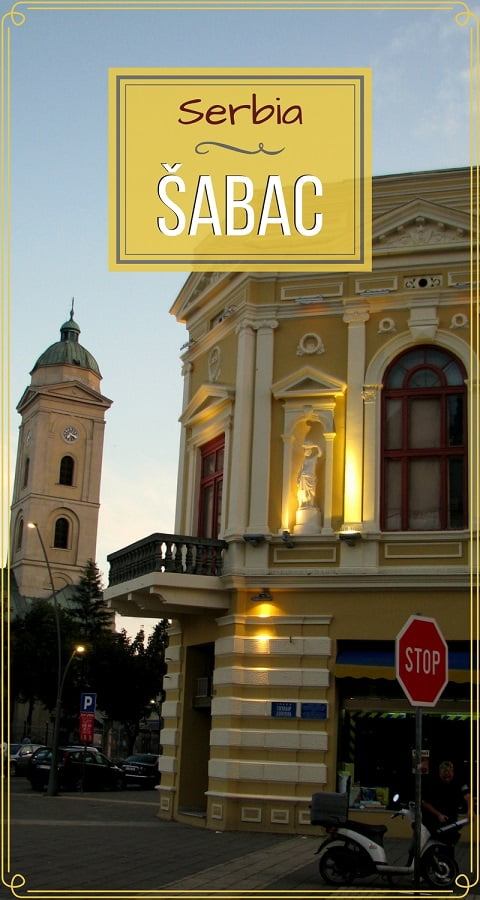


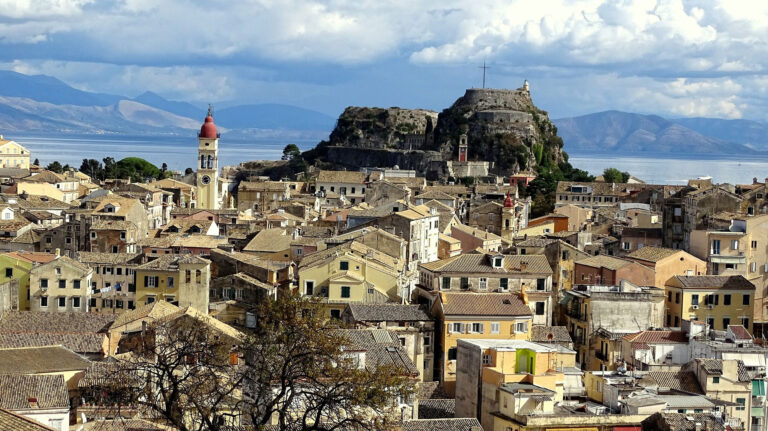
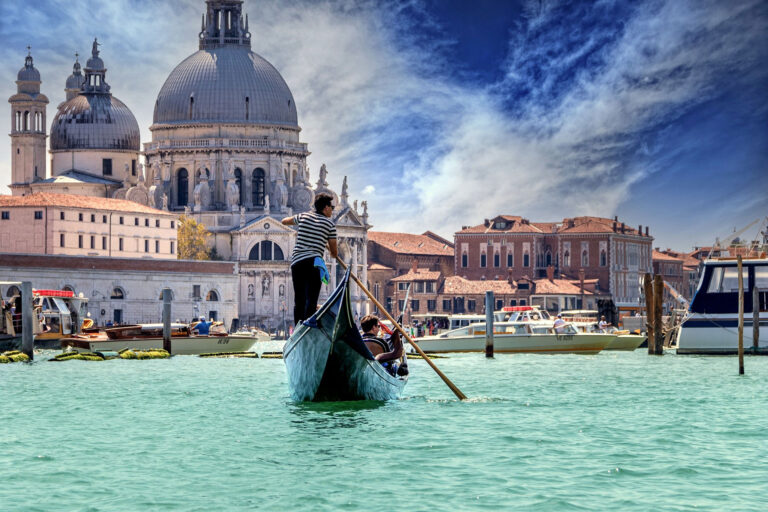
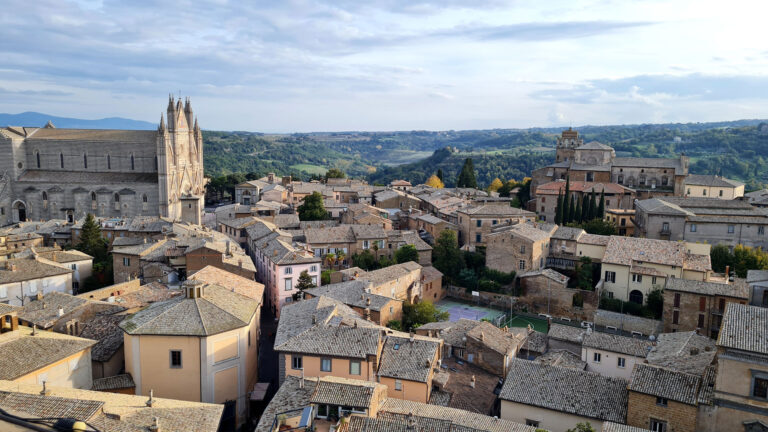
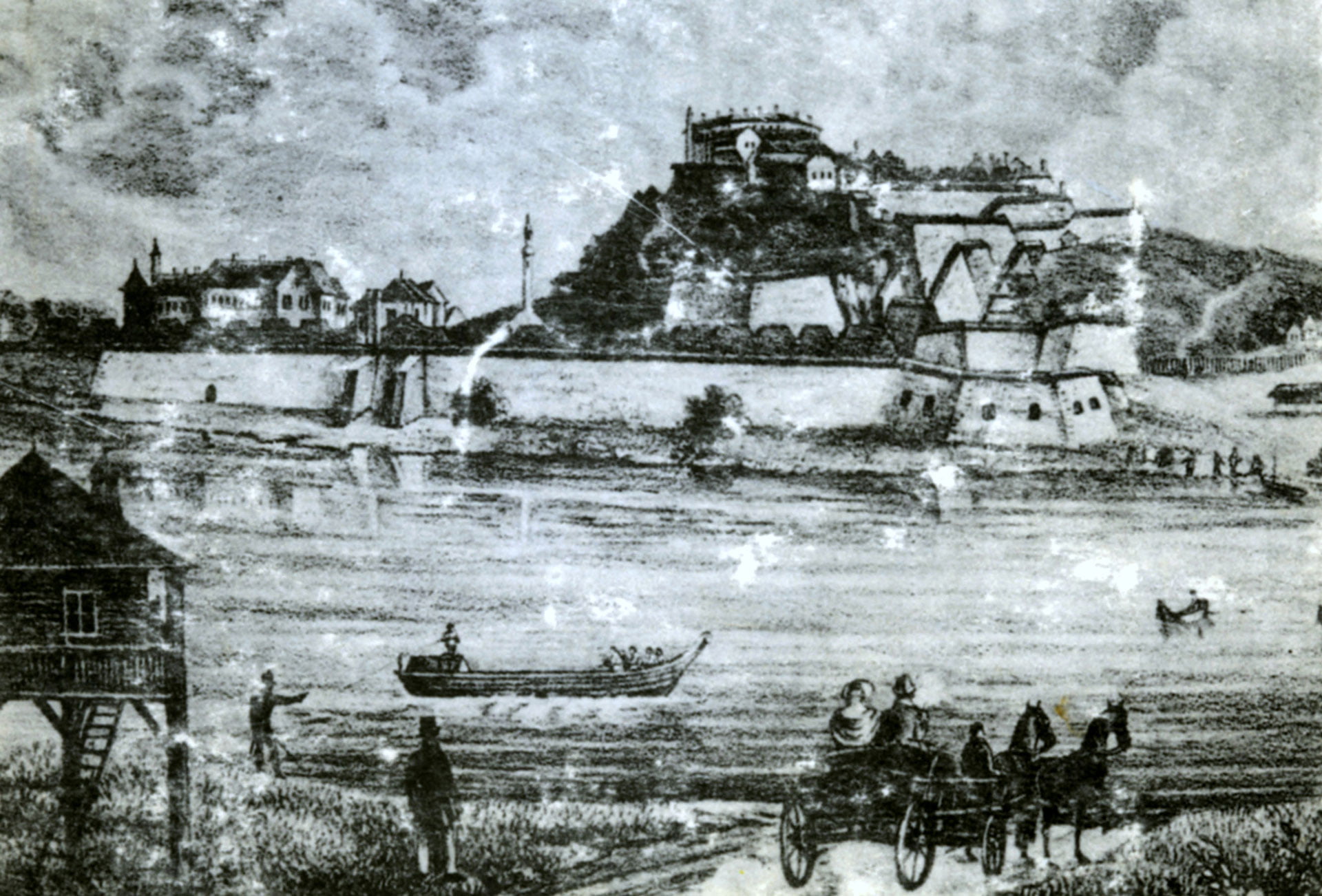
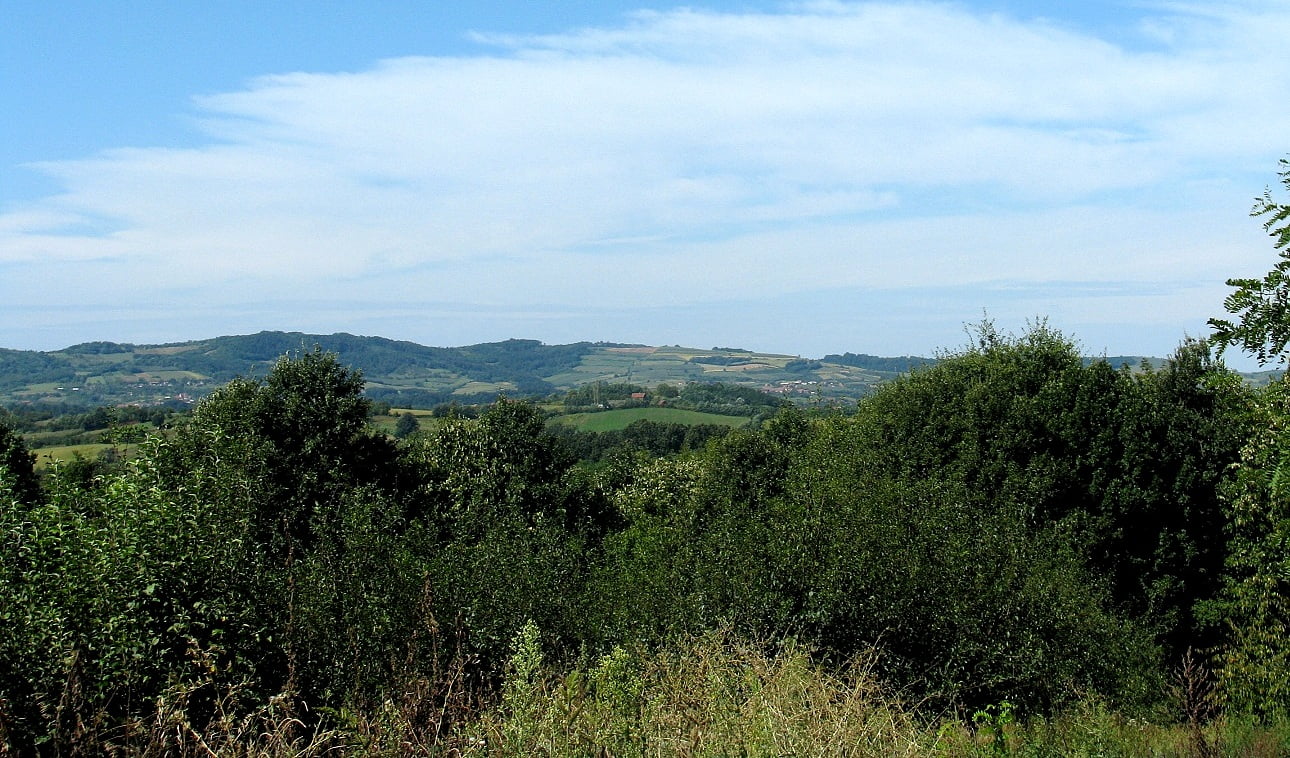
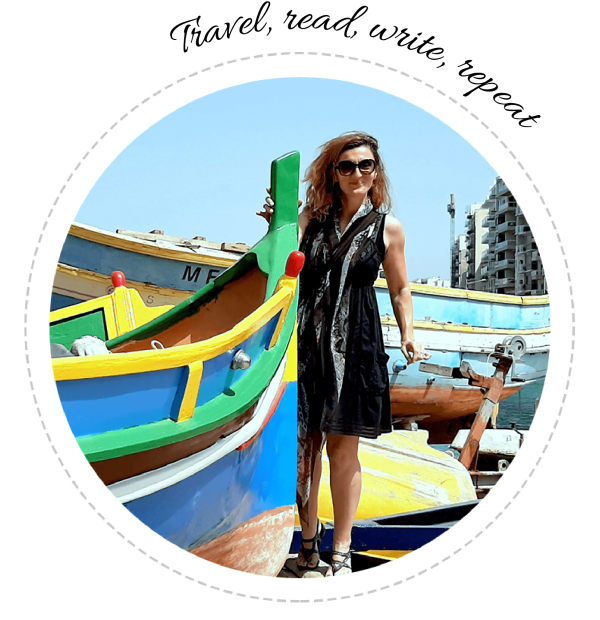


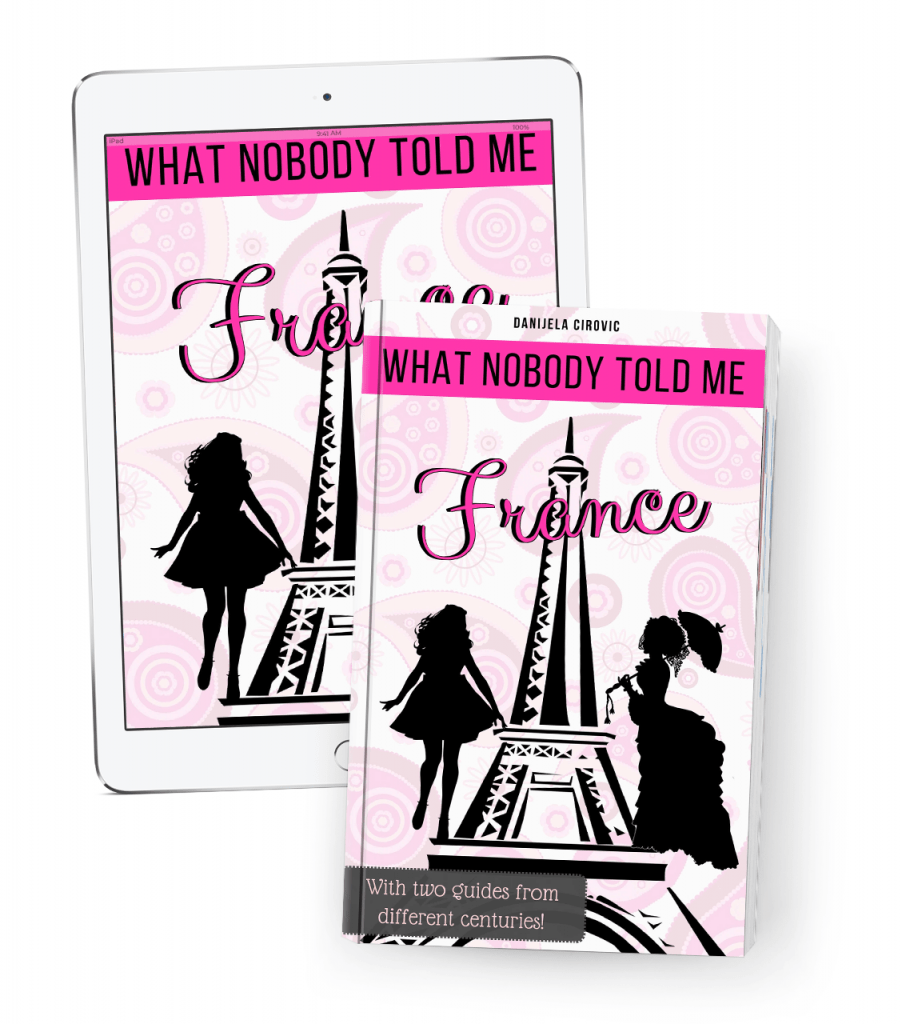
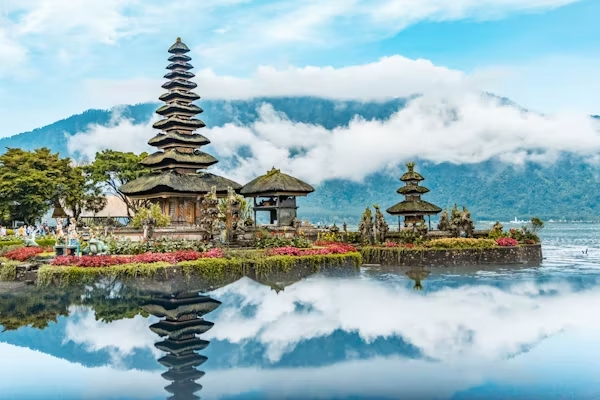
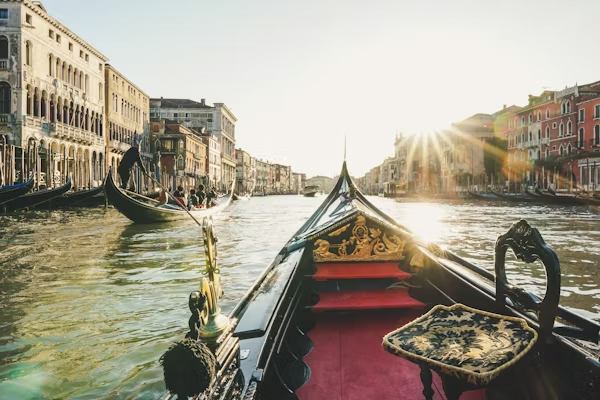
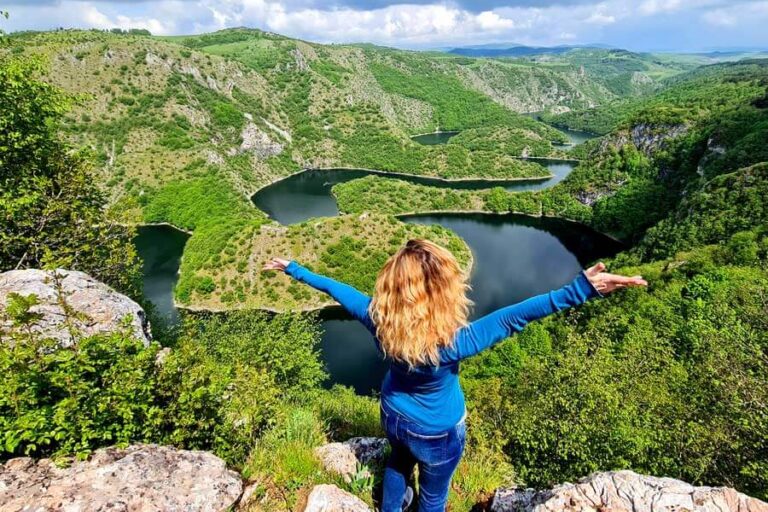
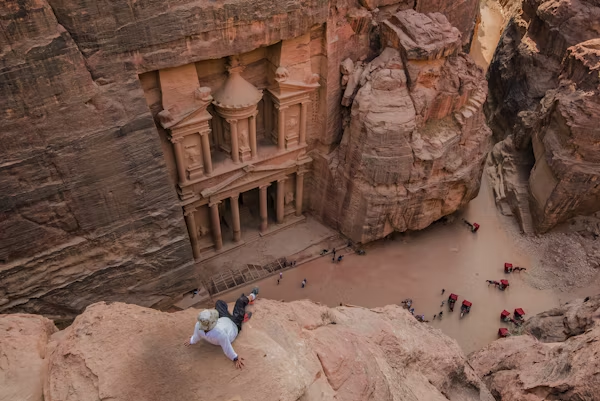
0 responses
Interesting!!????
Thanks! Hope you’ll enjoy the rest of it as well. 😉
Welcome to the world of blogging.
Oh, thank you so much! It means a lot. 🙂
Such an interesting, unique glimpse into life in a small town! I hope to read more about your travels 🙂
Thank you so much, you’ll find a lot of those glimpses here. 🙂